-
Meeting Point
Punta Arenas
-
Duration
7 days / 6 nights
-
Group size
7 - 12 passengers
-
Price
USD 4270
After years of sailing in the surroundings of the Francisco Coloane Marine Park, our team has been exploring different corners of the Patagonian Fuegian archipelago which is an area of charismatic birds of the fjords and southern channels, place that we want to take you to discover. Ideal for bird and nature lovers.
The mythical Fuegian Snipe, Striated Caracara, Blackish Cinclodes, Magellanic Penguin, Magellanic Penguin, Southern Rockhopper Penguin, Southern Rockhopper Penguin, Macaroni Penguin, Macaroni Penguin, Gray-headed Albatross, Black-browed Albatross, Southern Giant Petrel, Southern Giant-Petrel, Chilean Skua, among others and of course the variety of marine mammals that we can find, such as the emblematic Humpback Whale, colonies of sea lions (common and southern fur seals), southern dolphin and why not some other species of pinniped or cetacean elusive but present in the area.
Since we have been cohabiting Carlos III Island for more than 20 years, those who have worked in our camp have observed various species and have located very interesting sites where it is likely to observe elusive species, such as the Fuegian Snipe, for example.
Using as our base of operations our Eco Camp, where we will spend at least 2 nights (depending on our chances of finding the Fuegian Snipe), the rest of the days will probably be spent among fjords and channels, and even on more distant islands, exposed to the Pacific Ocean, exploring.
The weather rules, so we propose an itinerary that is subject not only to the weather, but also to our observation success on Carlos III Island and other sites in the different Protected Areas that we will visit.
Main attractions:
-
Remote islands of the archipelago
-
Observation of marine mammals and birds
-
Visit Francisco Coloane Marine Park
-
Visit Kawesqar National Park and Reserve
Exploring the vast and little-traveled Patagonian Fuegian Archipelago
During the early hours of the morning passengers will be picked up at their respective accommodations to go together to the boarding place: Punta Carrera.
At first light we will hike around the island to the wetlands identified by our team. We will have lunch at the camp and then go on another excursion during the afternoon.
At first light we will hike around the island to the wetlands identified by our team. We will have lunch at the camp and then go on another excursion during the afternoon.
We will continue in search of the Fuegian Snipe and a good photograph of it. If we are successful this same day after lunch we will go deeper into the archipelago, heading south (if there is a very good window to reach the inhospitable Noir Island) or to the west towards the remote Recalada Island and its surroundings.
It is always subject to the weather, we will probably head west and spend the next 2 nights there and then explore the Lord, Kempe and/or Agnes islands, waiting for a weather window that will allow us to go to the distant Noir Island. It is likely that this window will not occur during the week of the expedition, but we have explored different islands of the archipelago where we can see very interesting species.
From wherever we are we will start to return to the Strait of Magellan and then head to the city of Punta Arenas. Most likely we will arrive in the city in the afternoon.
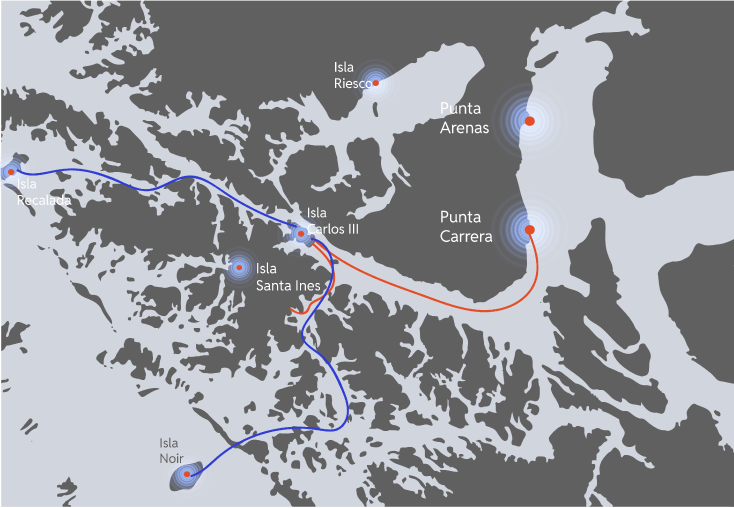
Interested in this route?
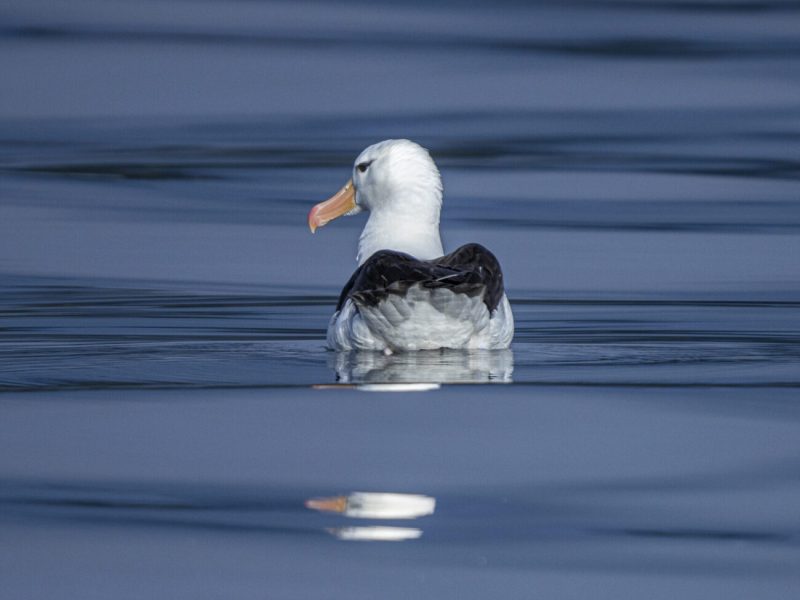
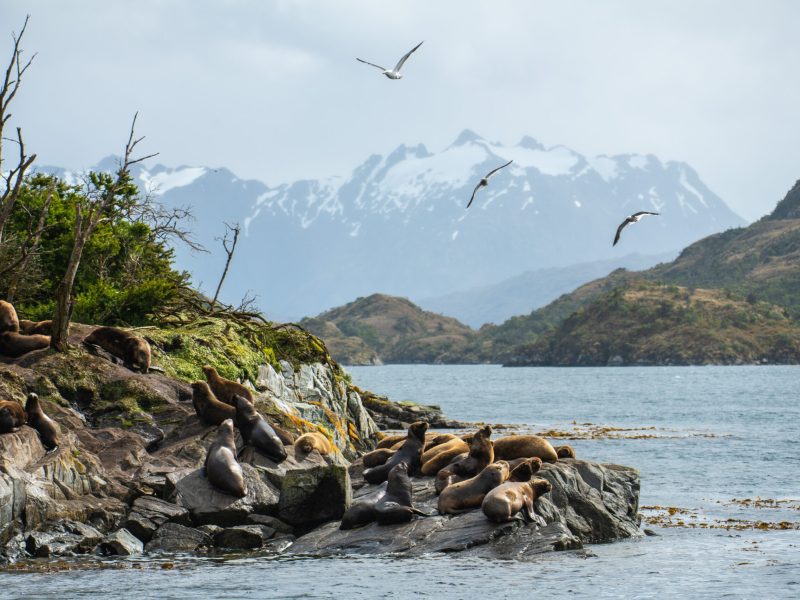
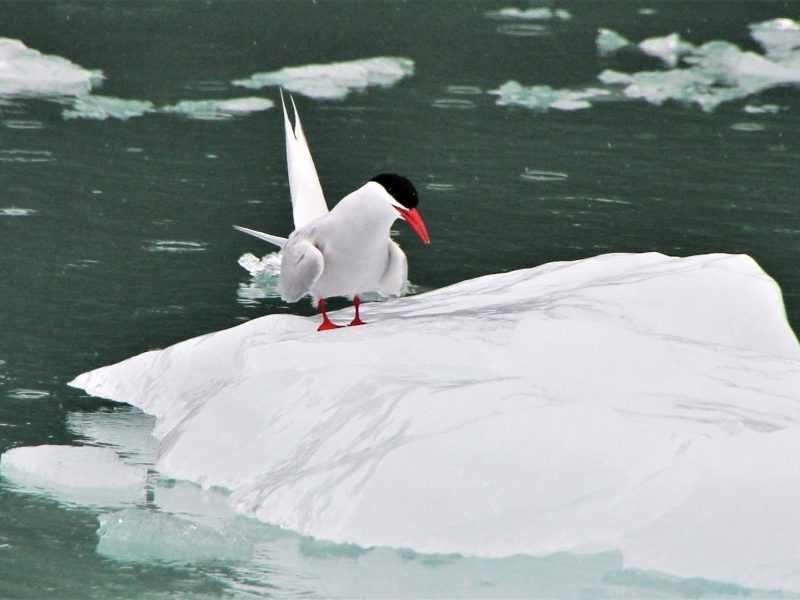
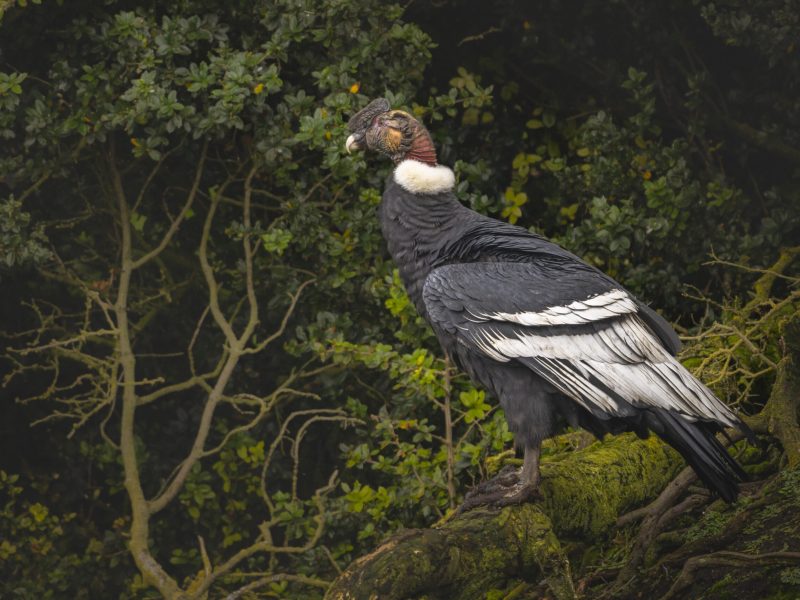
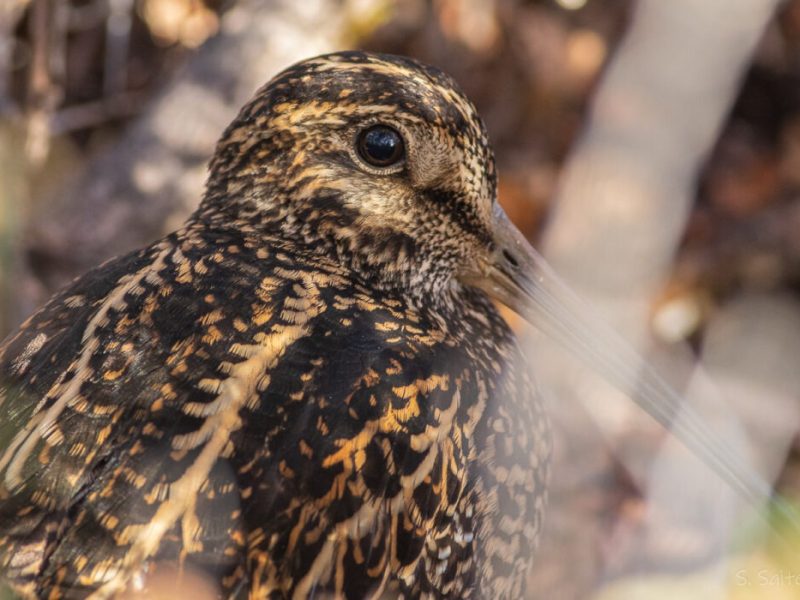
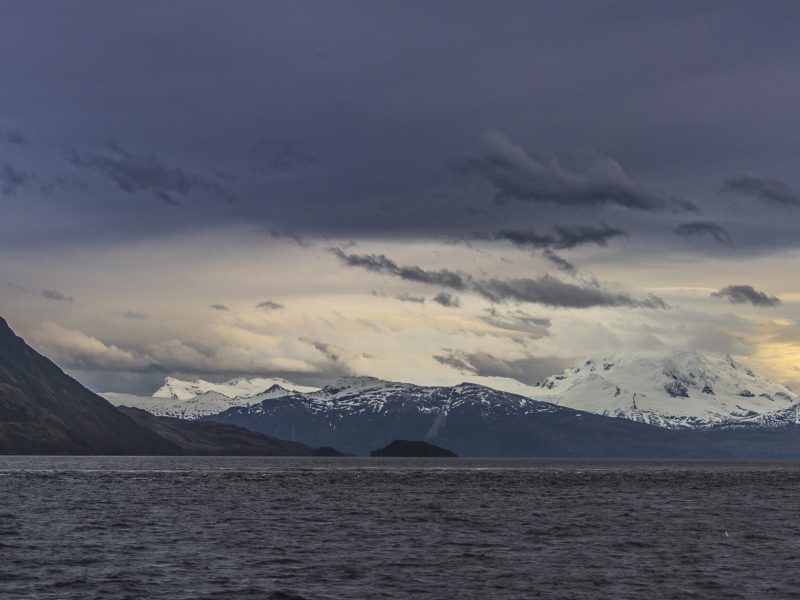
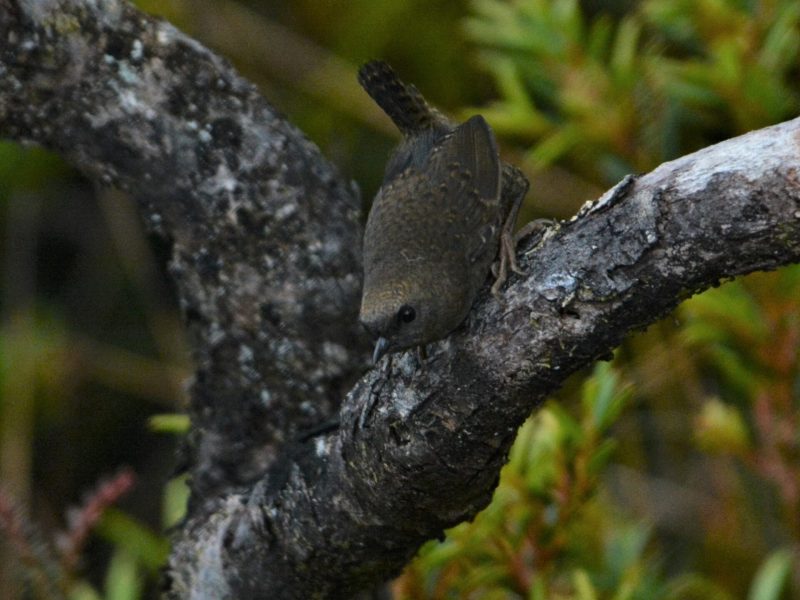
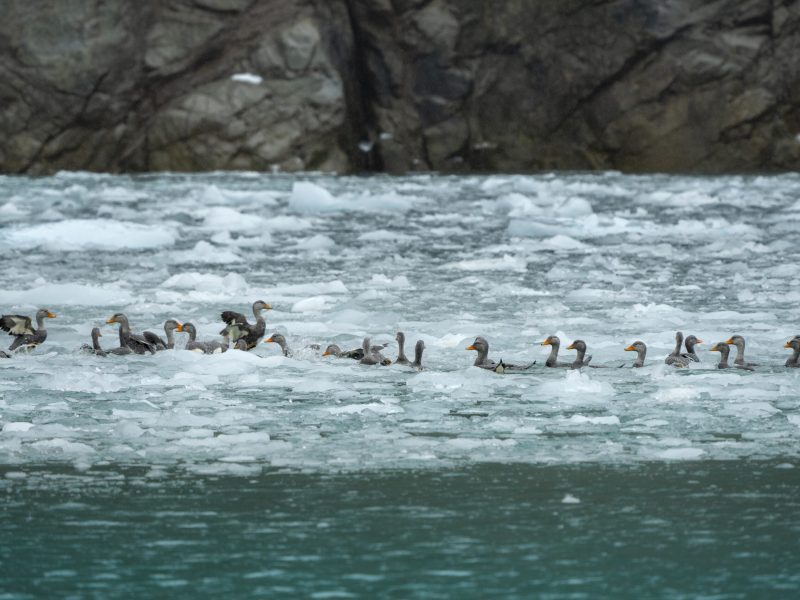
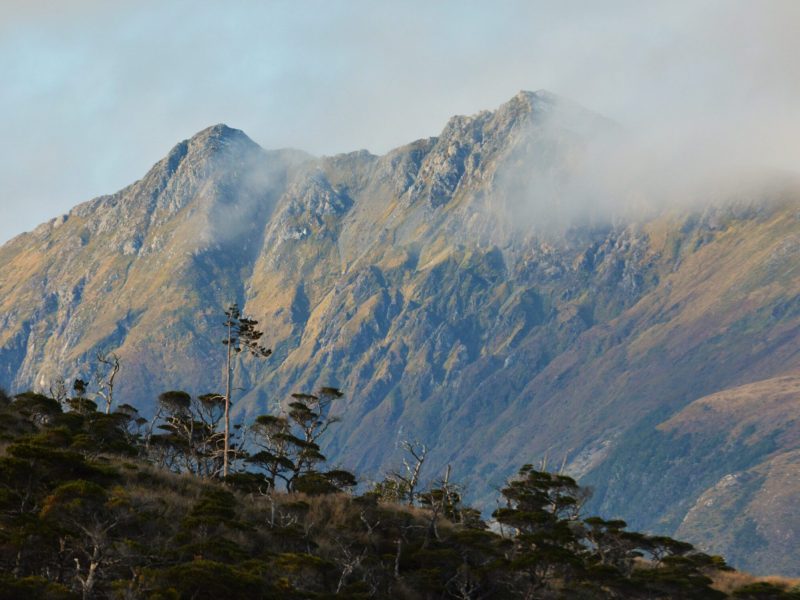
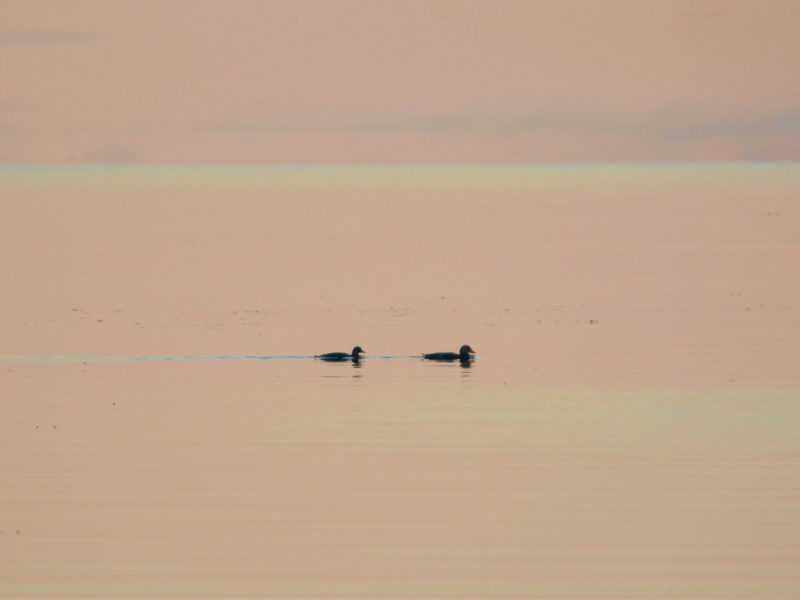
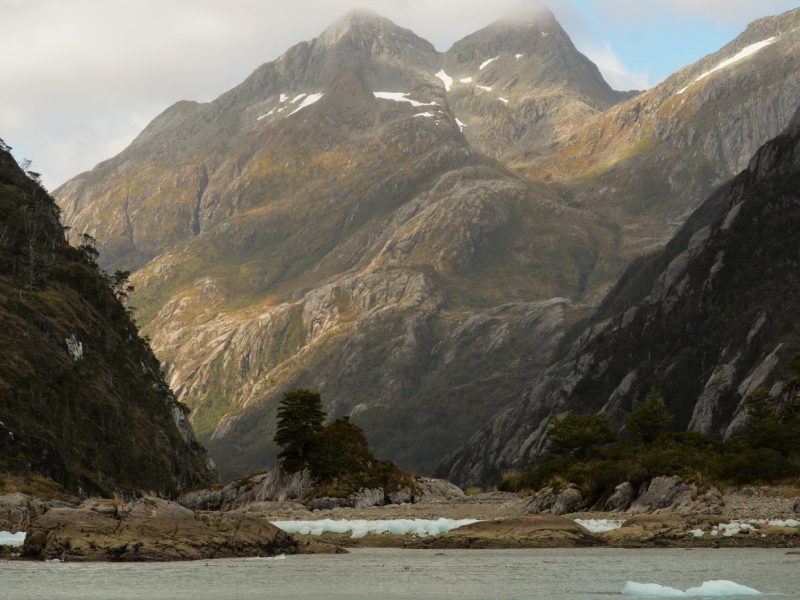
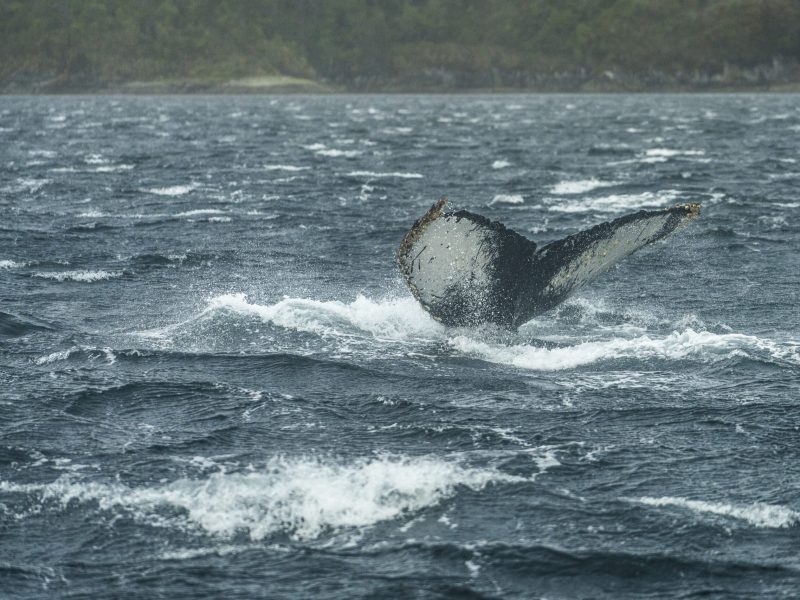
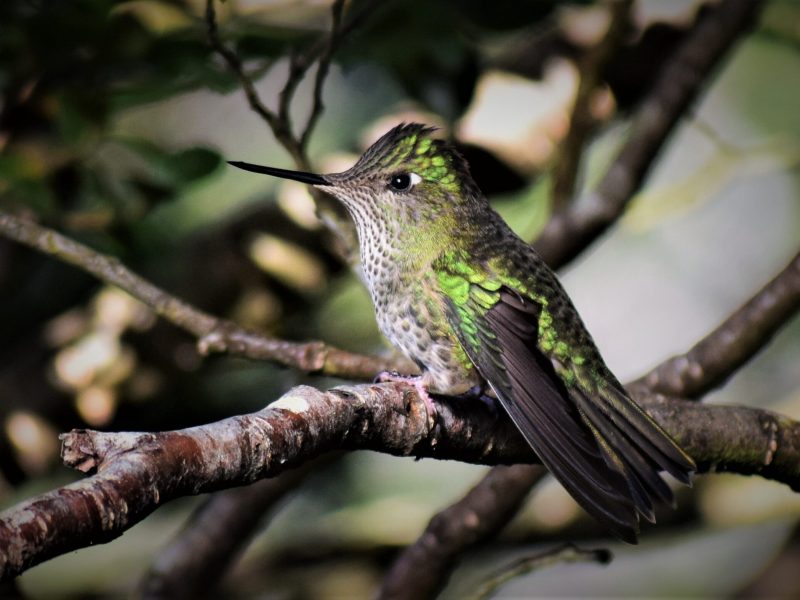
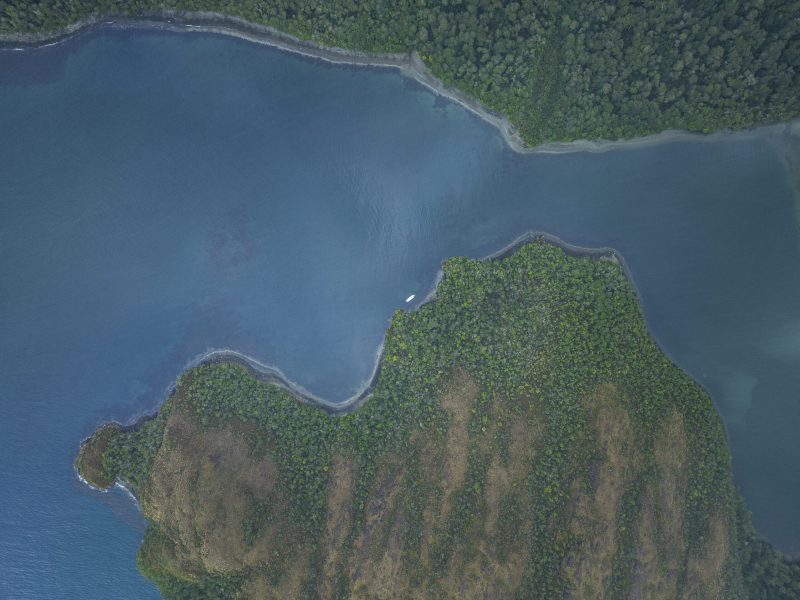
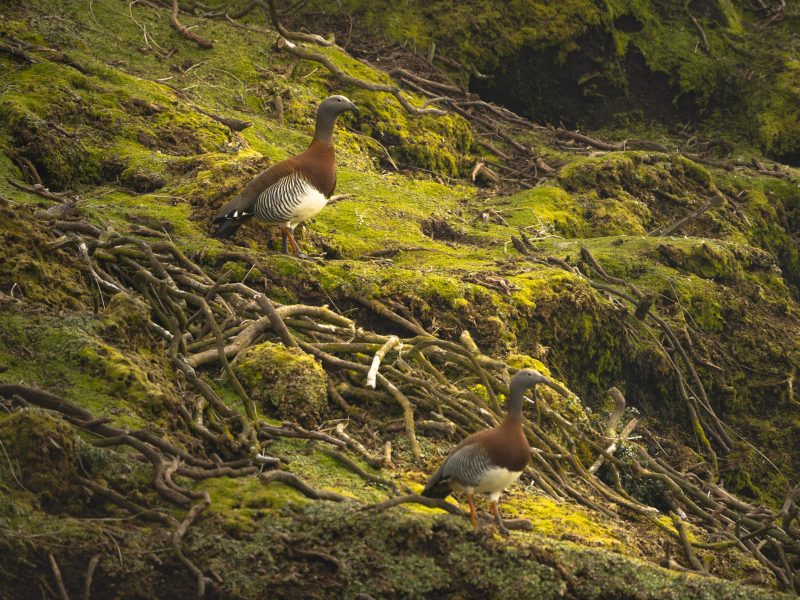
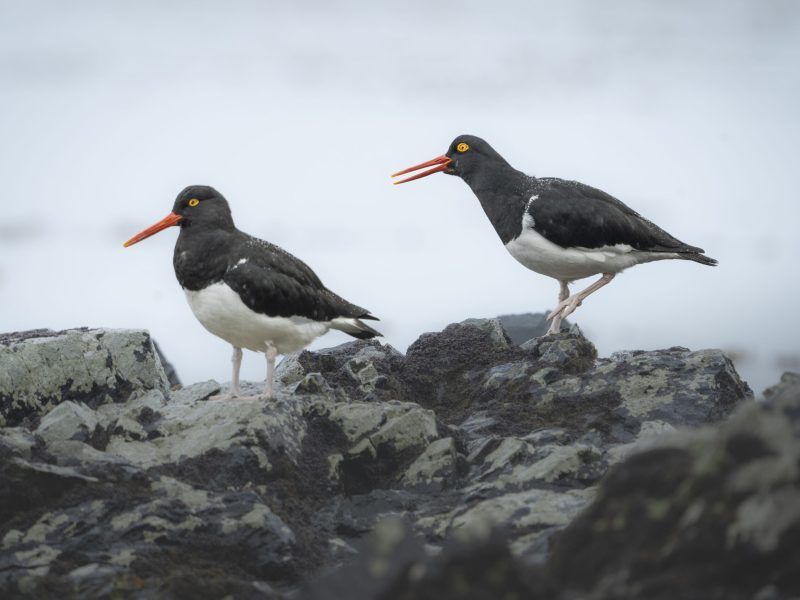
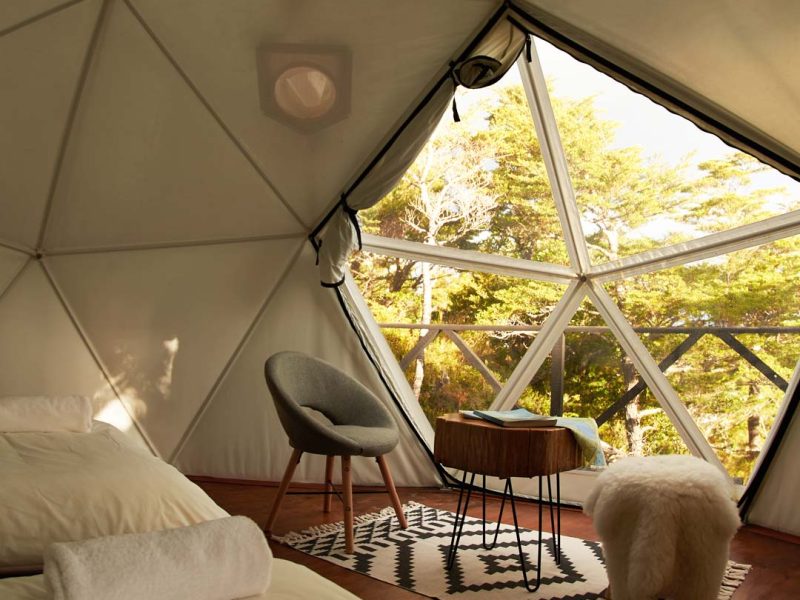
Base of Operations
WHALESOUND has a camp on Carlos III Island, in the middle of the Strait of Magellan, right in front of the Francisco Coloane Marine Park
The camp has 5 domes that allow the overnight stay of up to 10 passengers and a main dome of common space, where we will share scientific talks, conversations of the day's experiences, where we will eat and also where you will find bibliography of the regional history and about the nature of the fjords and channels.